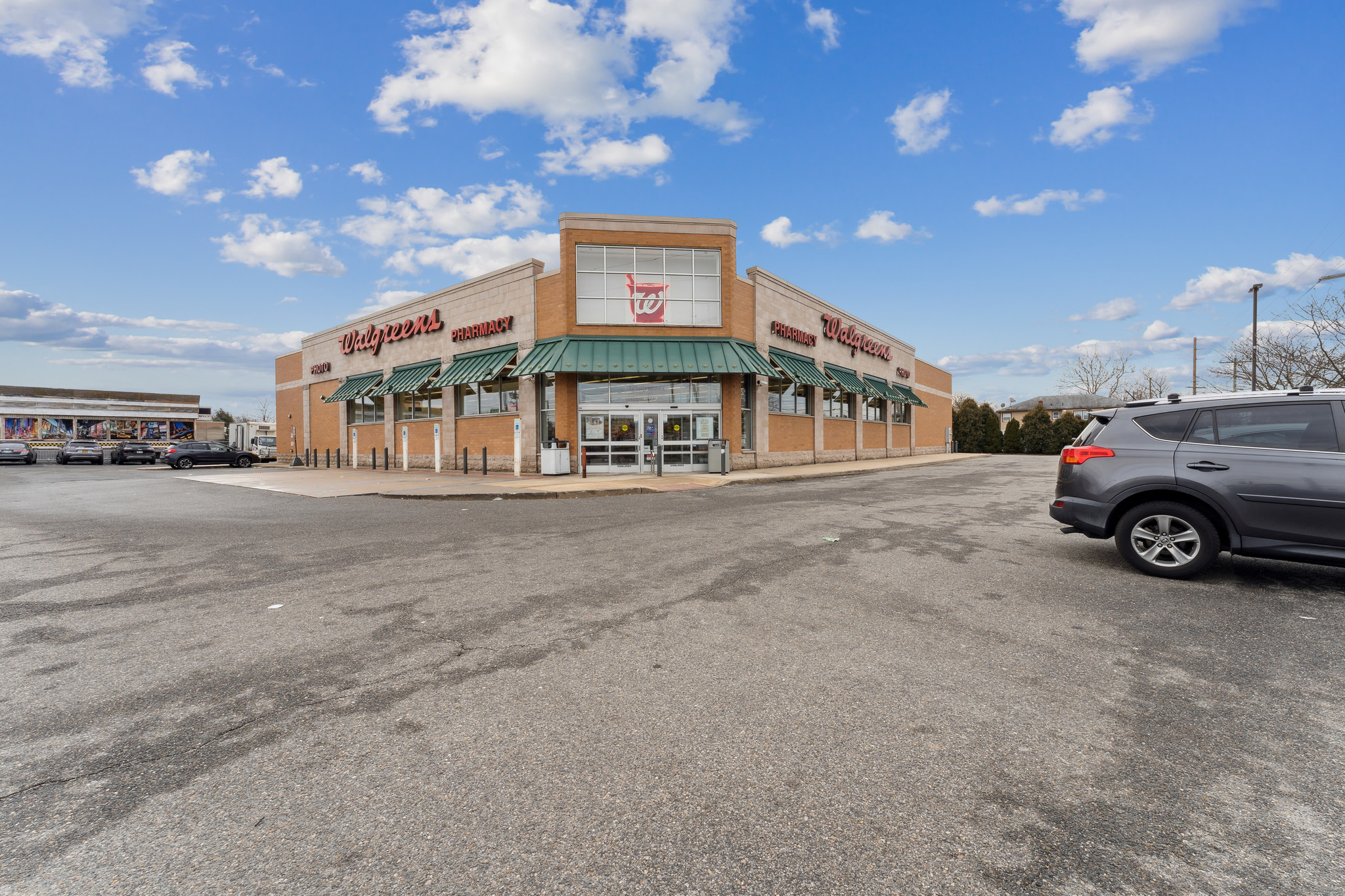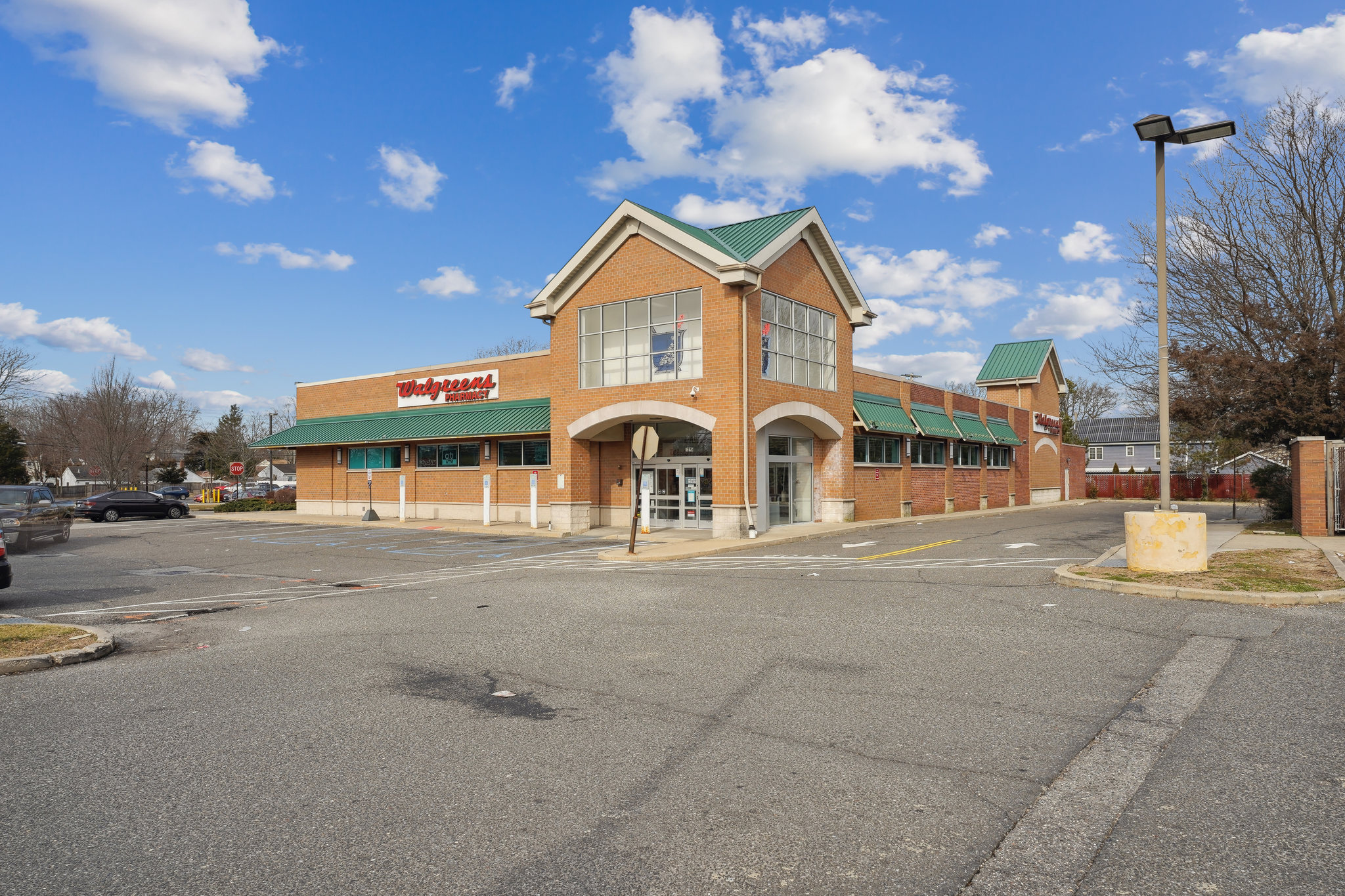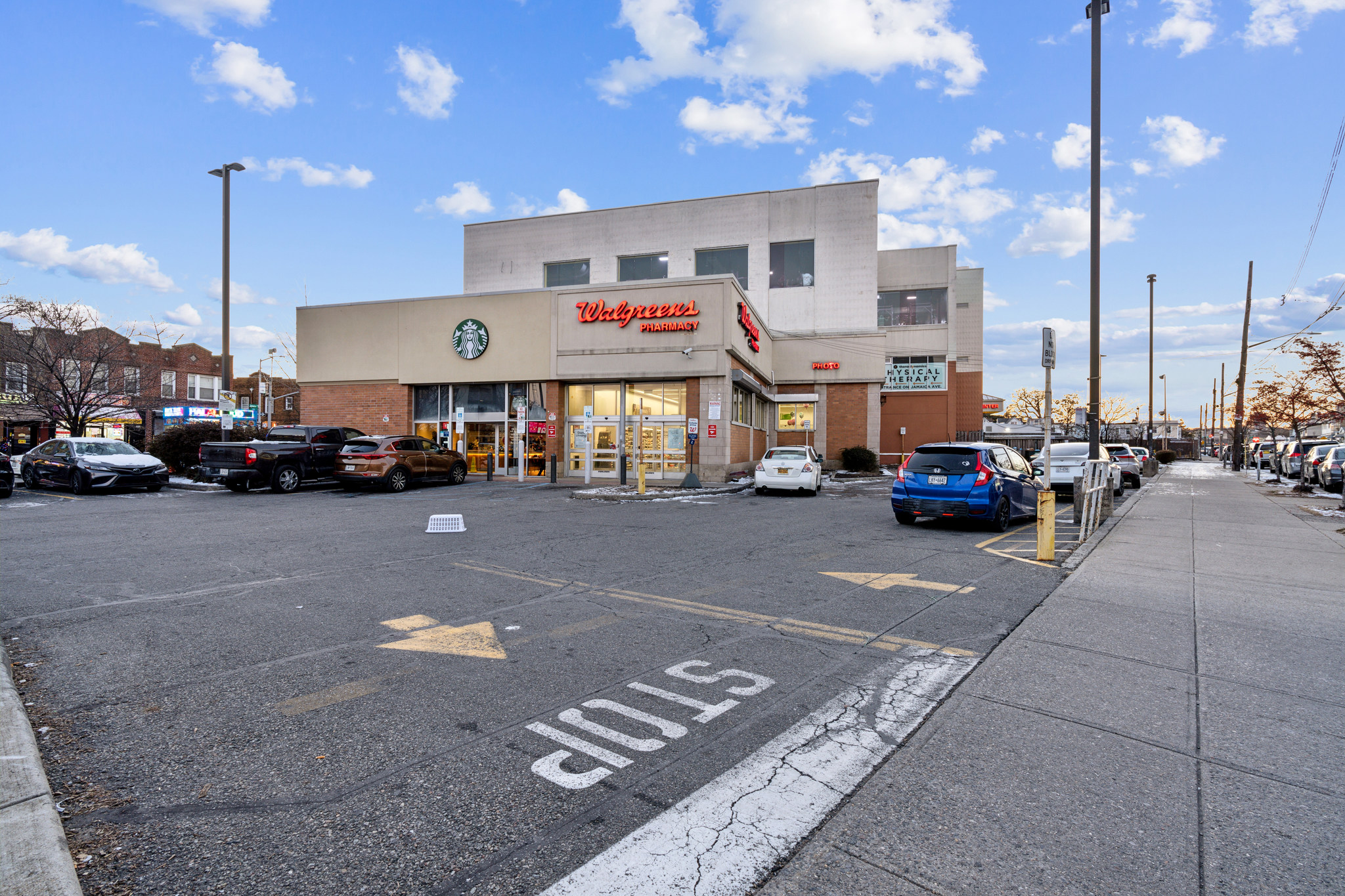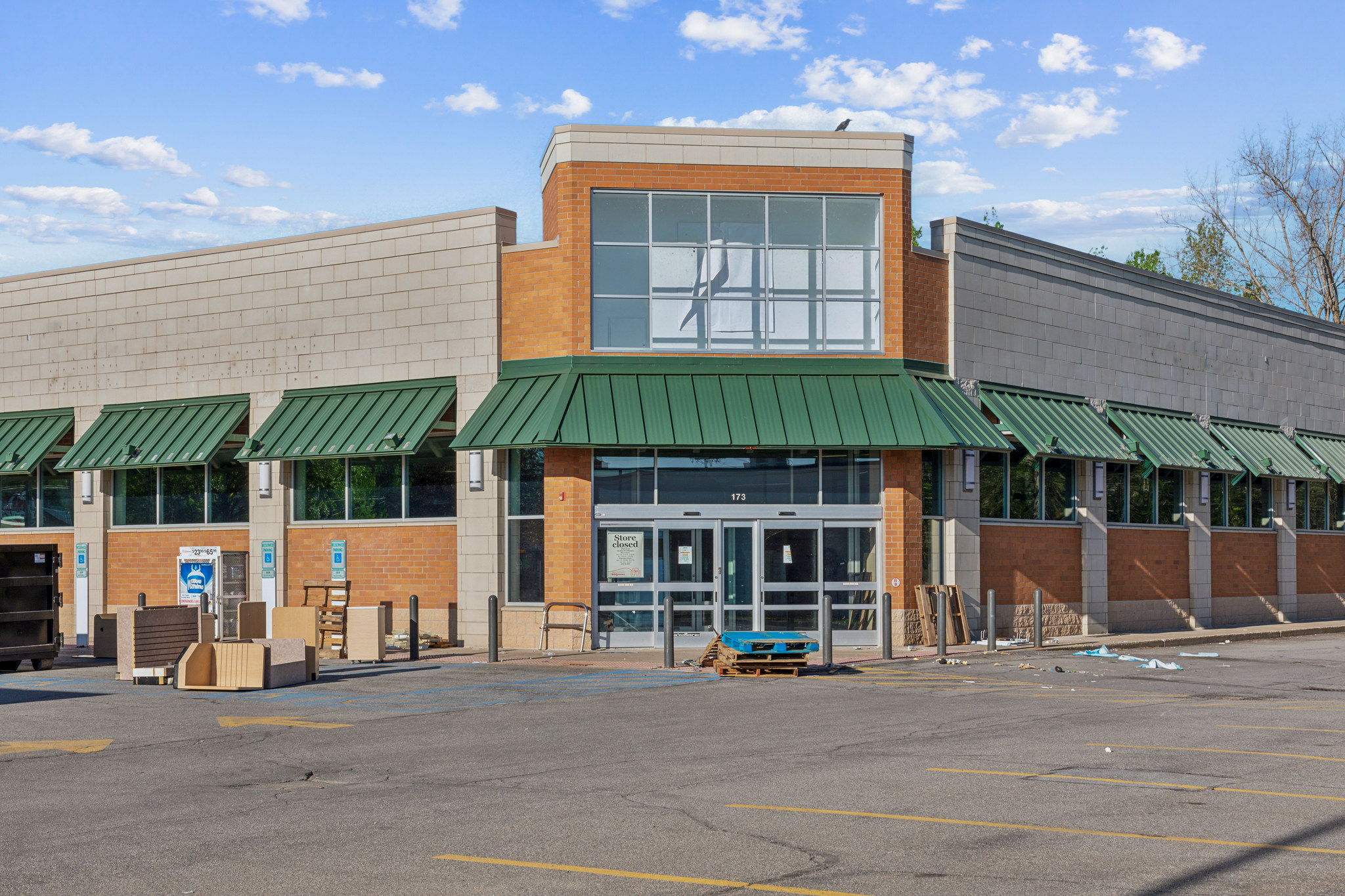What Is a Capital Allowance?
A capital allowance is a specific type of tax relief on a variety of purchases, which are deemed to be essential for a company to run its business. For instance, if you own a coffee shop, an espresso machine could be considered for a capital allowance.
The purchases must remain with your business as a financial asset. Therefore, it is the direct opposite of businesses’ daily running costs.
Capital allowances are separated by category, such as:
Annual Investment Allowance
Writing Down Allowance
First-Year Allowance
Balance Allowance
Annual Investment Allowance
In business, annual investment is termed, like plant and machinery. The Annual Investment Allowance is the most common of the four, and these terms are used interchangeably.
With the AIA, you can deduct up to the full value of the items that pass eligibility, and which are used only for business on your tax bill. This allowance extends to a yearly sum of £200000.
The deduction has to be made in the same tax year, in which the asset was purchased.
Writing Down Allowance
A writing down allowance provides you with the opportunity to deduct a certain percentage from the value of an item on your profit margins for each year.
The WDA is used in two scenarios:
When you have exceeded the £200000 allowance on the AIA.
When your assets do not qualify for AIA or First-year Allowance.
In any case, the deductible percentage is either 8% or 18%, and that depends on the type of asset purchased. You can find more information about the pools and rates on the HMRC.
First-Year Allowance
The First-Year Allowance has been practically streaked out by the AIA, but it still has some application in the energy-saving realm of products. For instance, electric gas-free emission vehicles.
The FYA provides you with the opportunity to deduct the entire value of an item from the profits of the first year, as long as the item qualifies.
Even though it’s called the First-Year Allowance, some items have been provided with an allowance extension of three years.
Balance Allowance
Any type of balancing charge will cover any depreciation on an asset that is being sold or getting rid of.
For instance, if you were to purchase an espresso machine for £10000, but sold it for £8000, the balancing charge would be £2000.
When it comes to a balance allowance, it works in a similar way, just on a larger scale. It applies to all businesses that have had to cease trading for one reason or another.
How to Find Out If Your Business Qualifies for Capital Allowance Claims?
Most businesses, which are registered under the governing power of UK/GB have the ability to claim a capital allowance. This includes individual partnerships, companies, and sole traders.
Mixed partnerships or trusts are not specifically allowed to claim the AIA, because they are made of companies and people. This prevents large businesses from completing avoiding taxation in any given year.
However, this type of business can still claim the WDA at the lowest rate of 8%.
What Can You Claim A Capital Allowance for?
A capital allowance can be claimed against any type of vehicle, machinery, equipment. In the HMRC, the definition of plant and machinery is a nuisance.
But in general, any large purchase that is essential to the function of your business is covered. Whereas, alteration or repairs to any machine will not be covered.
And once again, some alterations do count. If the alteration has to be completed in order to install new machinery, in that case, the capital allowance can be claimed on both the alteration and the machine that will be installed in that locale.
Capital allowances can be claimed on non-physical assets as well, such as research and development and patents.
IF you need help with figuring out your current capital allowance claim potential, use this capital allowance calculator.
What Can Capital Allowances Not Be Claimed for?
When it comes to things that cannot be claimed for, there are some, which will be listed below, but not limited to:
Assets that you lease
Buildings, and all of their infrastructure
Land and structures
Items that you buy/sell for trade
Items that use for entertainment
Daily running costs
Financial interest or payments on assets
Even though you cannot claim a capital allowance on the trading aspects of your business, some building components are considered critical features. These are the lighting, HVAC, lifts, etc.
HMRC can cover fixtures in some cases, such as CCTV, fire alarms, bathrooms, kitchens – but all of them had to have been purchased by your company.
How Does the Capital Allowance Fair Against the Cash Basis Expense?
If you are a partner or trader of a company with an income that is £150000 or less, you are most likely using the cash basis system in replacement of the regular accounting.
Cash basis is simple, and all of the expenses are handled as if they simple business debits/credits. In this case, you cannot claim a capital allowance.
However, vehicles will be considered an exception, and you can claim a WDA with the variable depending on the type of vehicle that it is.
Capital Allowance Claim Done Right
Now that you know everything there is to know about a capital allowance claim, you are well on your way to making use of it for the growth and success of your business.
Given that you follow the guidelines, and fulfill all of the necessary eligibility requirements, there is a great benefit to using the capital allowances.
If you’re interested in similar articles, check out the rest of our blog.







Leave a Comment